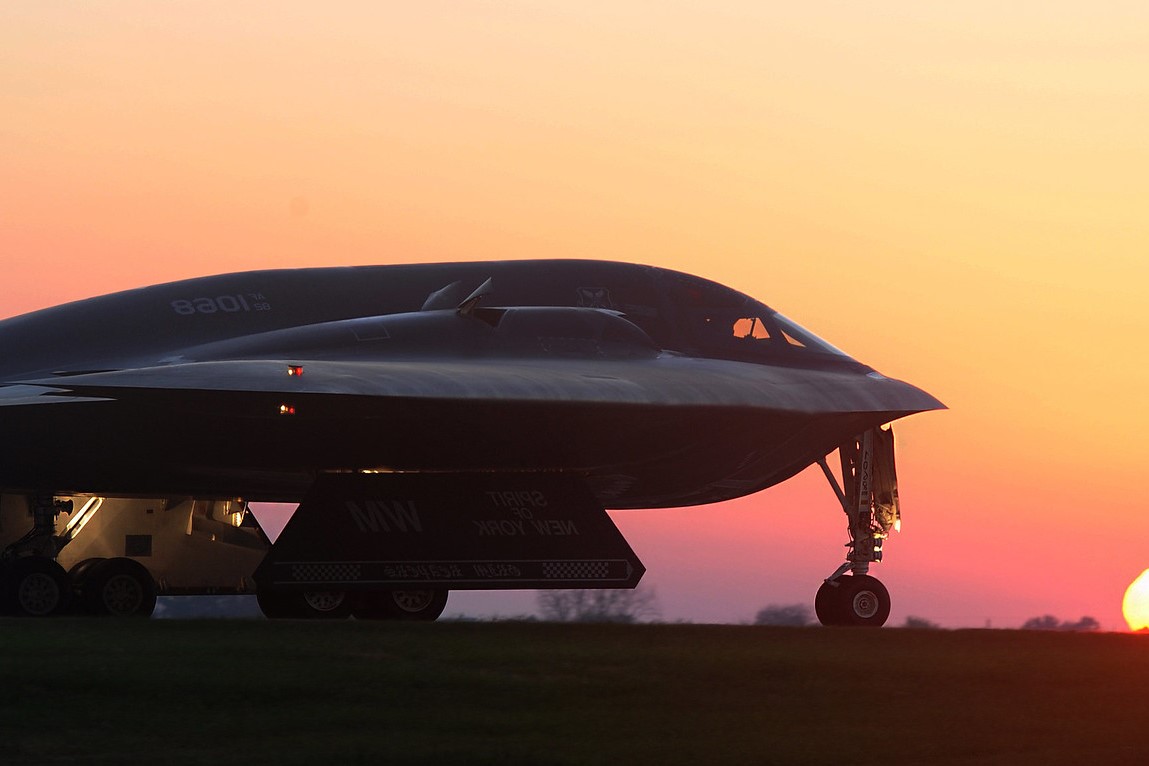
As great-power competition intensifies, the role of deterrence and the potential for escalation have taken on renewed importance in the security calculations of Australia and other US allies. How to manage deterrence and escalation is an inherently political question. For deterrence to be effective, allies have to find ways to agree and credibly commit to what they are willing to do for each other. And nowhere is this more important than in relation to the role of US nuclear weapons.
Ahead of the highly anticipated release of the Biden administration’s nuclear posture review in early 2022, attention has turned to the role that allies play in US nuclear policy. Recent reporting
indicates that US allies in Europe and the Indo-Pacific have pushed back against moves by Washington to limit, in declaratory terms, the circumstances in which it would consider using nuclear weapons.
While in the past some US allies expressed sympathy for the Treaty on the Prohibition of Nuclear Weapons, none today is willing to sign it, as their focus has turned to the challenges of deterrence and escalation in Europe and the Indo-Pacific. However, allies can’t afford to simply react to changes in US policy. They must actively prepare for and seek to manage escalation in a broader geostrategic, technological and political context.
US allies therefore need to become more embedded in, and proficient with, discussions with Washington over escalation and nuclear deterrence. In the Euro-Atlantic area, NATO is rediscovering its integrated approach to deterrence strategy and posture—including the ‘sharing’ of US nuclear weapons. Even in the Indo-Pacific, long gone are the days when the US and its allies were content with a division of labour that saw Washington manage the risk of great-power conflict with little input from its allies.
Consultations with Japan and South Korea on extended deterrence have created an expectation of greater transparency from Washington over the circumstances in which the US would employ nuclear weapons. Still, alliances in the Indo-Pacific remain far from the necessary political and military discussions to achieve deterrence communication, alignment of force structure and posture, and crisis management. And no framework exists for managing enduring differences about how allies engage their respective populations, and communicate to adversaries, on the sensitive issue of nuclear weapons.
How can US alliances in the Indo-Pacific start building a common understanding of escalation and a common deterrence culture? In our recently published, edited
open-access book, leading Indo-Pacific, European and US experts address that very question. Three distinct, but closely related, findings emerge from their analysis.
First, there’s a need to move from
consultation over US nuclear posture and deterrence, which often entails the US informing allies what has happened, to a more genuine
joint development of assessments, concepts and planning for deterrence. Even if deterrence dialogues and committees established in the US–Japan and US–Korea alliances a decade ago have (in NATO terms) helped ‘raise the nuclear IQ’ in these alliances, there are limitations that can arise from constrained formats that encourage a perception of the US ‘educating’ its allies rather than the development of concepts and strategies that guide a common approach.
Second, Indo-Pacific allies urgently need to more systematically address their own force structures and the ‘hardware’ cooperation aspects of deterrence in their alliances. In Australia’s case, new conventional long-range strike capabilities are emerging, yet thinking about their use and effect remains nascent and focused on the tactical level. In the Japanese and South Korean cases, conventional strike capabilities now provide these allies with greater options for direct influence on the dynamics of escalation. At the same time, the limits of US nuclear posture in the Indo-Pacific—whose visible elements today rest solely on nuclear-capable aircraft based outside the region—are also coming into sharper relief through the increasing vulnerability of these forces, the overuse of strategic bombers for signalling, and the lack of any significant adjustment in the face of major strategic shifts since US nuclear weapons were withdrawn from the region in 1991.
The third theme to emerge from the volume is the need for governments to properly engage populations about all of these issues. A key lesson from NATO’s travails of the 1970s and 1980s is that agreeing on and implementing changes to force structure and posture to improve deterrence capabilities and operational effectiveness are insufficient if these same measures fail to reassure allies’ own populations. Like deterrence, reassurance is ultimately psychological, but there’s reluctance today in many countries to publicly address requirements for deterrence and escalation management, or even arms control.
The claim of a binary choice between seeking nuclear disarmament and relying on deterrence is a false one, because it ignores that the ultimate goal of increased security depends on the broader strategic environment in which it is sought. It’s time for Indo-Pacific allies, including Australia, to start articulating the value of nuclear weapons for regional security against the threats we face today, even as they remain committed to nuclear disarmament if and when circumstances render that feasible.
Ultimately, developing a shared understanding of escalation dynamics; maintaining political unity about a shared approach to deterrence; moving from consultation to joint assessment, policy and planning; conducting reviews of alliance force structure and posture and their implications for escalation; and engaging in public campaigning for nuclear deterrence are all mutually reinforcing.
Together, these measures would be transformative for US alliances in the Indo-Pacific because they involve accepting a degree of heightened strategic risk that many allies have so far eschewed. Failure to agree on expectations and commitments in relation to deterrence and escalation pathways runs the risk of the US and its allies not being able to take unified action during a crisis.
The adverse implications for the future of US alliances in the Indo-Pacific that would inevitably flow from this should be enough to energise policymakers to strive for closer cooperation on deterrence and escalation.
 Print This Post
Print This Post